Early Blight Alternaria - Treatment For Tomato Plant Leaf Spots And Yellow Leaves
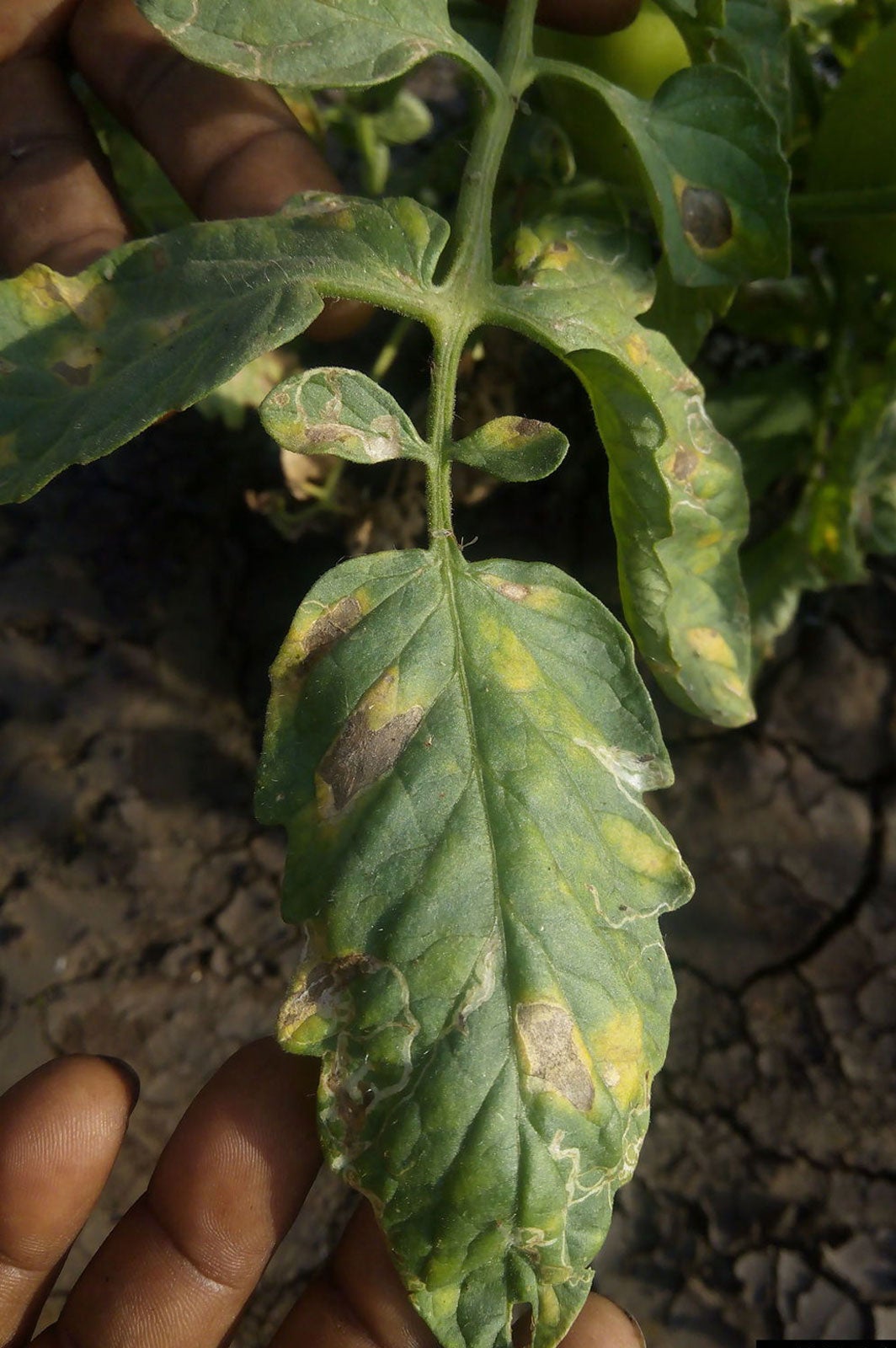

Amy Draiss
If you have noticed tomato leaf spots and the lower leaves turning yellow, you may have tomato early blight alternaria. This common tomato disease causes damage to the leaves, stems, and even the fruit of the plant. Keep reading to learn more about what causes tomato early blight alternaria and how to treat leaf spot.
What Causes Tomato Leaf Spots?
Alternaria Alternata, or tomato early blight alternaria, is a fungus that can cause cankers and plant leaf spots on tomato plants. It normally occurs during hot weather when there has been a significant amount of rain and humidity. Plants that have been damaged are particularly susceptible to being infected by tomato early blight alternaria. When a plant is infected with Alternaria Alternata, it will normally appear first on the lower leaves of the plant in the form of plant leaf spots that are either brown or black. These tomato leaf spots will eventually migrate to the stem and even the fruit of the tomato. These spots are actually cankers and can eventually overtake a plant and kill it.
Treatment for Tomato Plant Leaf Spots Caused By Alternaria Alternata
Once a plant is infected with tomato early blight alternaria, a fungicide can be sprayed on the plant. This can help reduce the damage from the plant, but frequently this will only lessen, not eliminate the problem. The best way to treat leaf spot on tomatoes is to make sure it doesn't occur in the first place. For future plantings, make sure the tomato plants are far enough apart. Also, don't water the plants from overhead; use drip irrigation instead. If you find Alternaria Alternata in your garden, make sure not to plant any other plants from the nightshade family in that spot for at least a full year. Destroy any tomatoes that have tomato leaf spots. Do not compost tomato plants with plant leaf spots, as this can re-infest your garden next year with tomato early blight alternaria. Again, the best treatment for tomato plant leaf spots is to make sure that you don't get it in the first place. Proper care of your tomato plants will make sure you avoid the dreaded yellow leaves and leaf spots that come with Alternaria Alternata.
Gardening tips, videos, info and more delivered right to your inbox!
Sign up for the Gardening Know How newsletter today and receive a free copy of our e-book "How to Grow Delicious Tomatoes".

Heather Rhoades founded Gardening Know How in 2007. She holds degrees from Cleveland State University and Northern Kentucky University. She is an avid gardener with a passion for community, and is a recipient of the Master Gardeners of Ohio Lifetime Achievement Award.
- Amy DraissDigital Community Manager
-
 Looking For Plants To Give You The Soft And Fuzzies? Try These 5 Fuzzy Leaf Plant Options
Looking For Plants To Give You The Soft And Fuzzies? Try These 5 Fuzzy Leaf Plant OptionsLovers of texture, drama, silver foliage and tactile plants will adore these special sensory garden additions. These fuzzy leaf plant options will leave you all aglow
By Susan Albert
-
 Get Ready For A Summer Of Hummers! Grow These Full Sun Hummingbird Plants and Flowers
Get Ready For A Summer Of Hummers! Grow These Full Sun Hummingbird Plants and FlowersIf you’re lucky enough to enjoy a sunny backyard, make sure you are maxing out on your pollinator opportunities and grow these full sun hummingbird plants and flowers
By Tonya Barnett
-
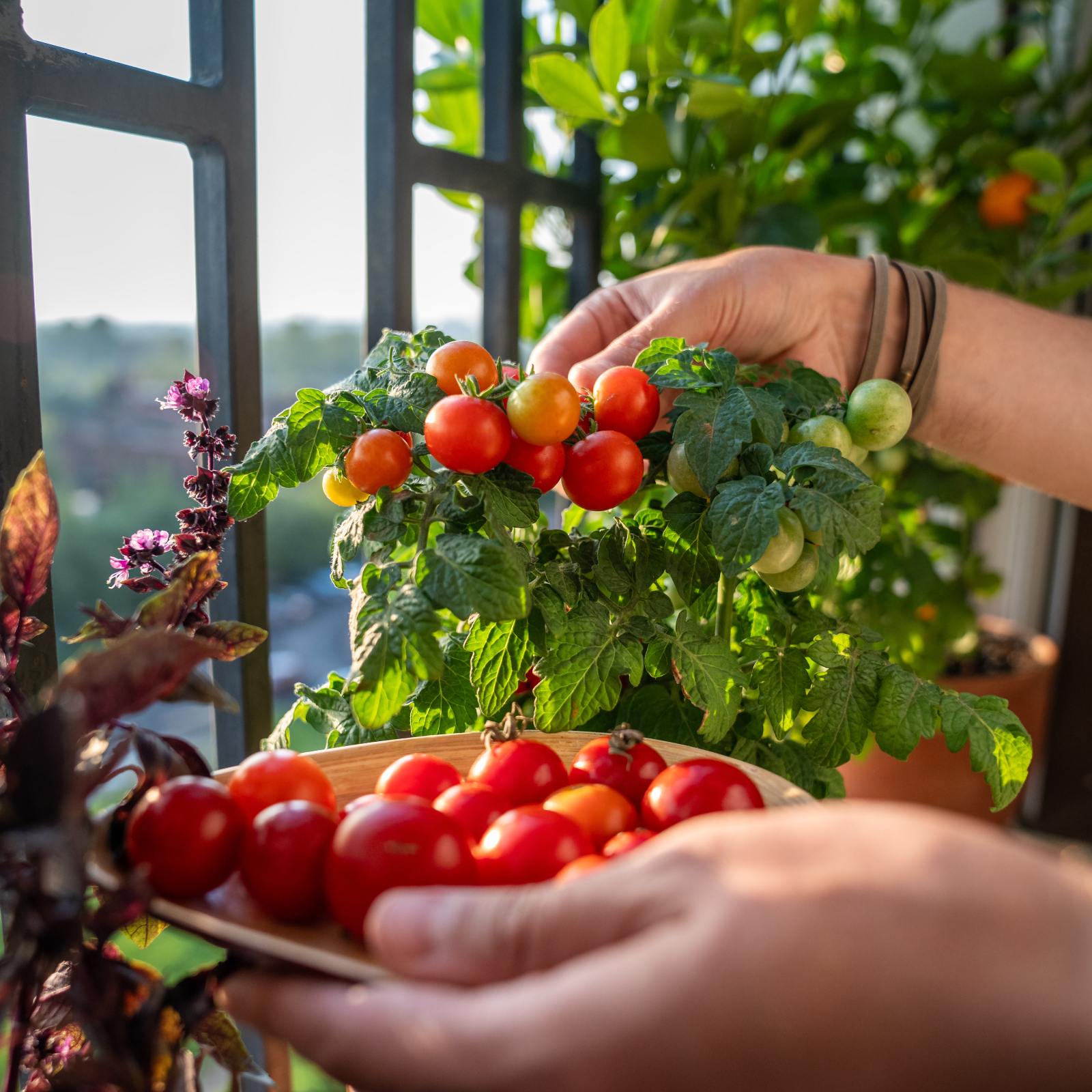 Best Tomatoes For Containers: 10 Tastiest Varieties For Plentiful Produce In Compact Areas
Best Tomatoes For Containers: 10 Tastiest Varieties For Plentiful Produce In Compact AreasThese are the best tomatoes for containers that prove you don't need to have a large space or elaborate garden to grow delicious produce.
By Bonnie L. Grant
-
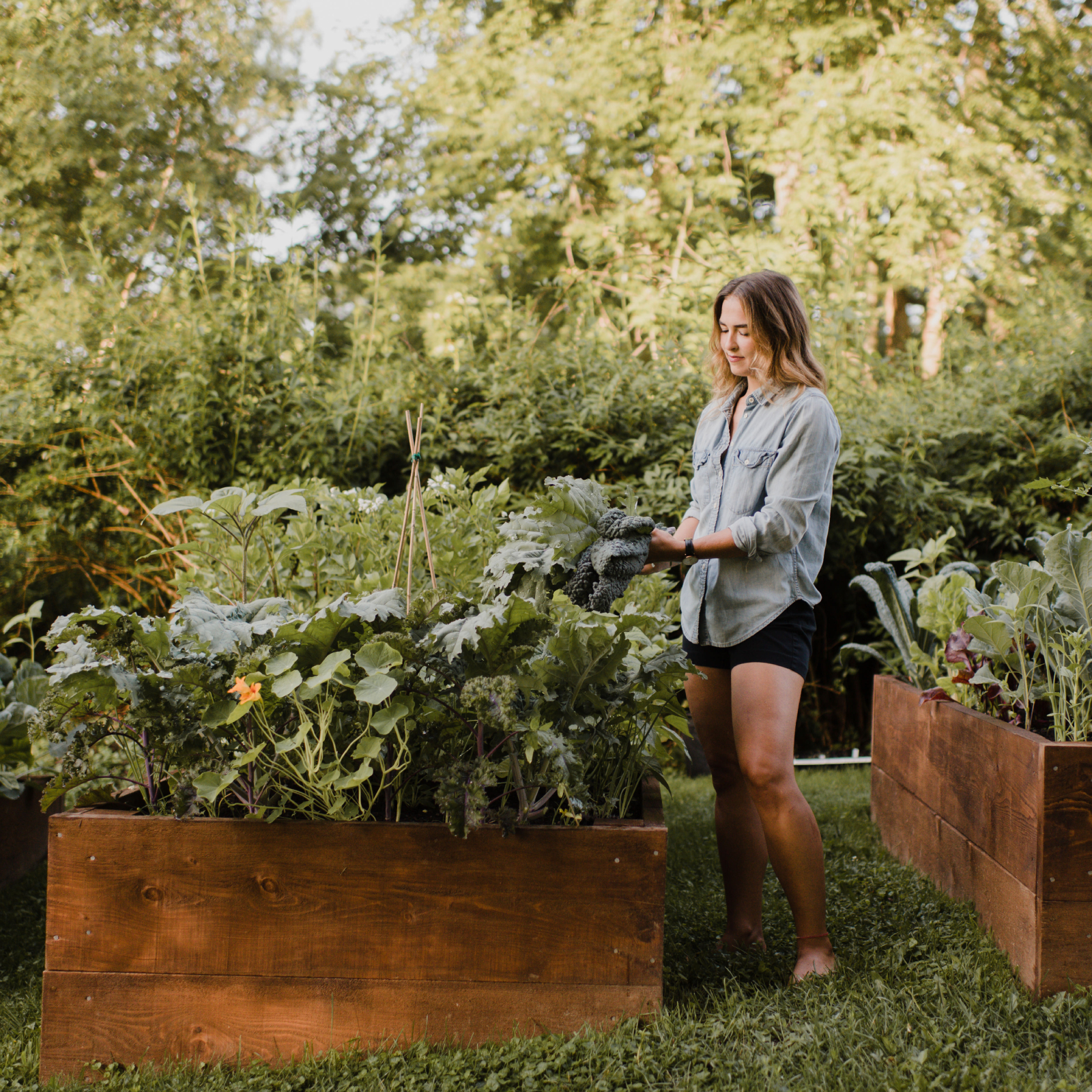 Raised Bed Garden Layout Ideas To Maximize Your Vegetable Harvest
Raised Bed Garden Layout Ideas To Maximize Your Vegetable HarvestCurious how to maximize your vegetable garden this year? Try these raised bed layout ideas and tips to get the most out of your space.
By Teo Spengler
-
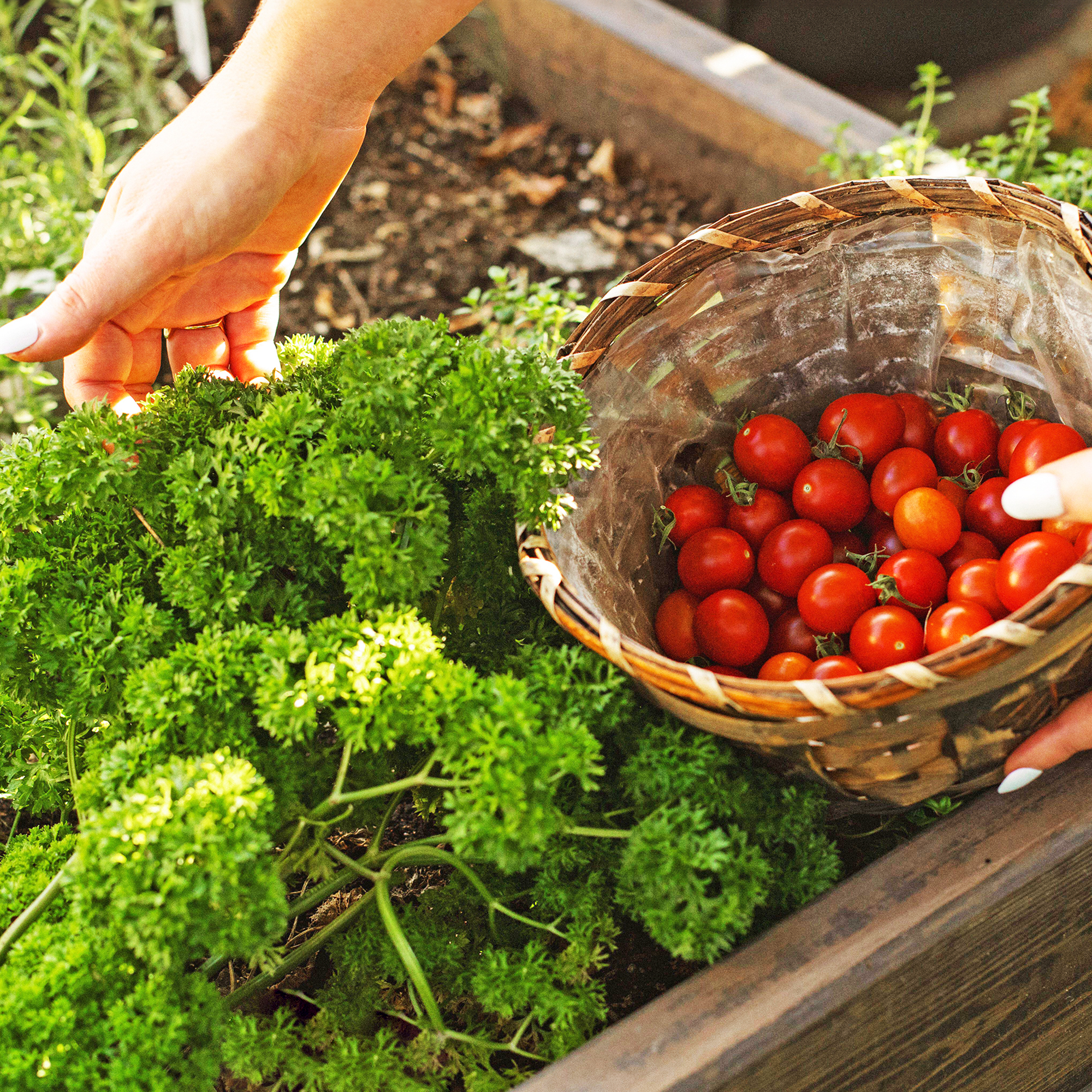 Best Herbs To Plant With Tomatoes: 6 Perfect Companions For Better Flavor & Bigger Harvests
Best Herbs To Plant With Tomatoes: 6 Perfect Companions For Better Flavor & Bigger HarvestsCertain herbs make excellent neighbors to tomatoes in the vegetable garden, repelling pests, keeping down weeds, and enhancing flavor. Try these top varieties.
By Mary Ellen Ellis
-
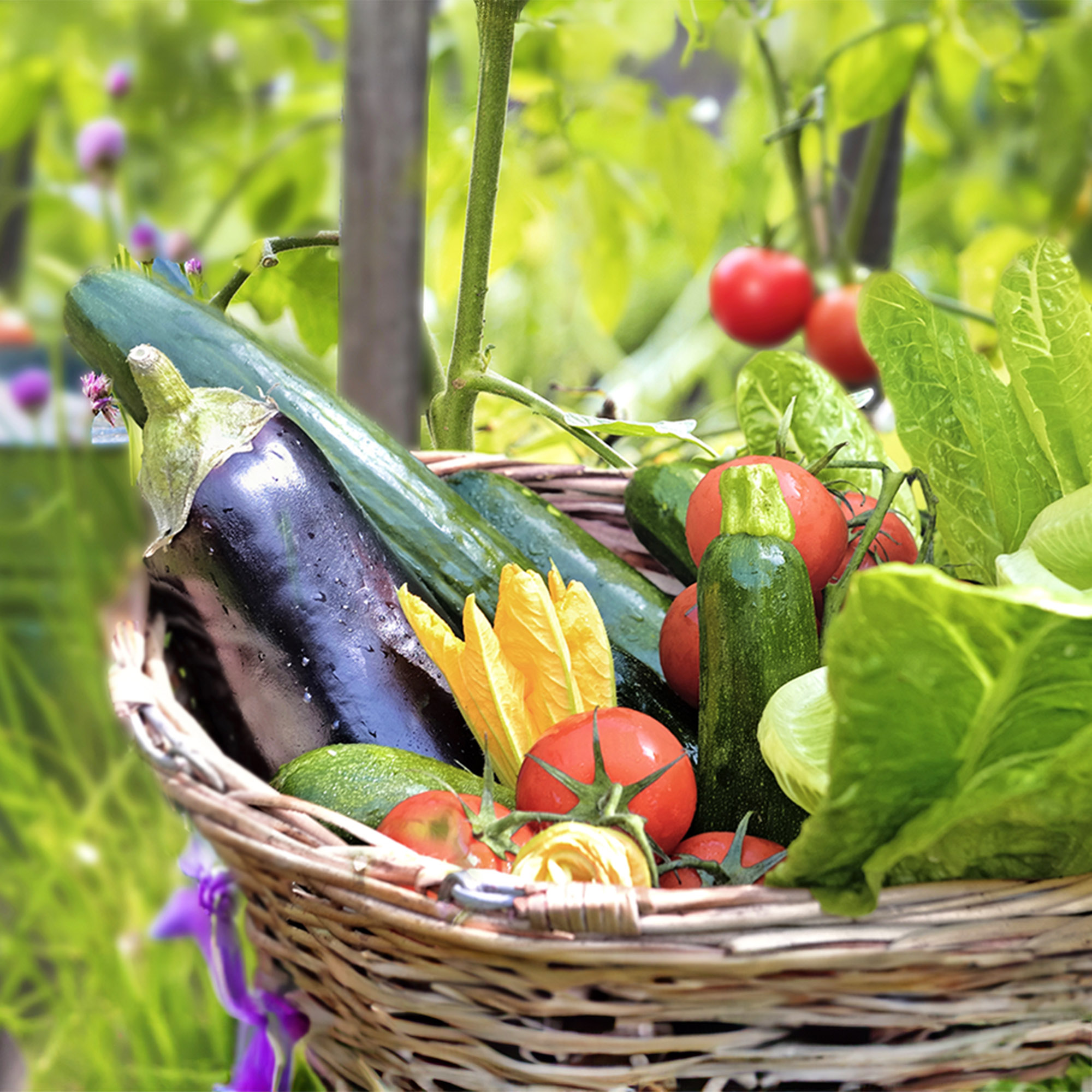 7 Best Vegetables To Plant In February – And Start Harvesting From Early Spring
7 Best Vegetables To Plant In February – And Start Harvesting From Early SpringGet a head start on your garden with these delicious veggies. Plant now and you can begin enjoying home-grown harvests sooner than you think.
By Mary Ellen Ellis
-
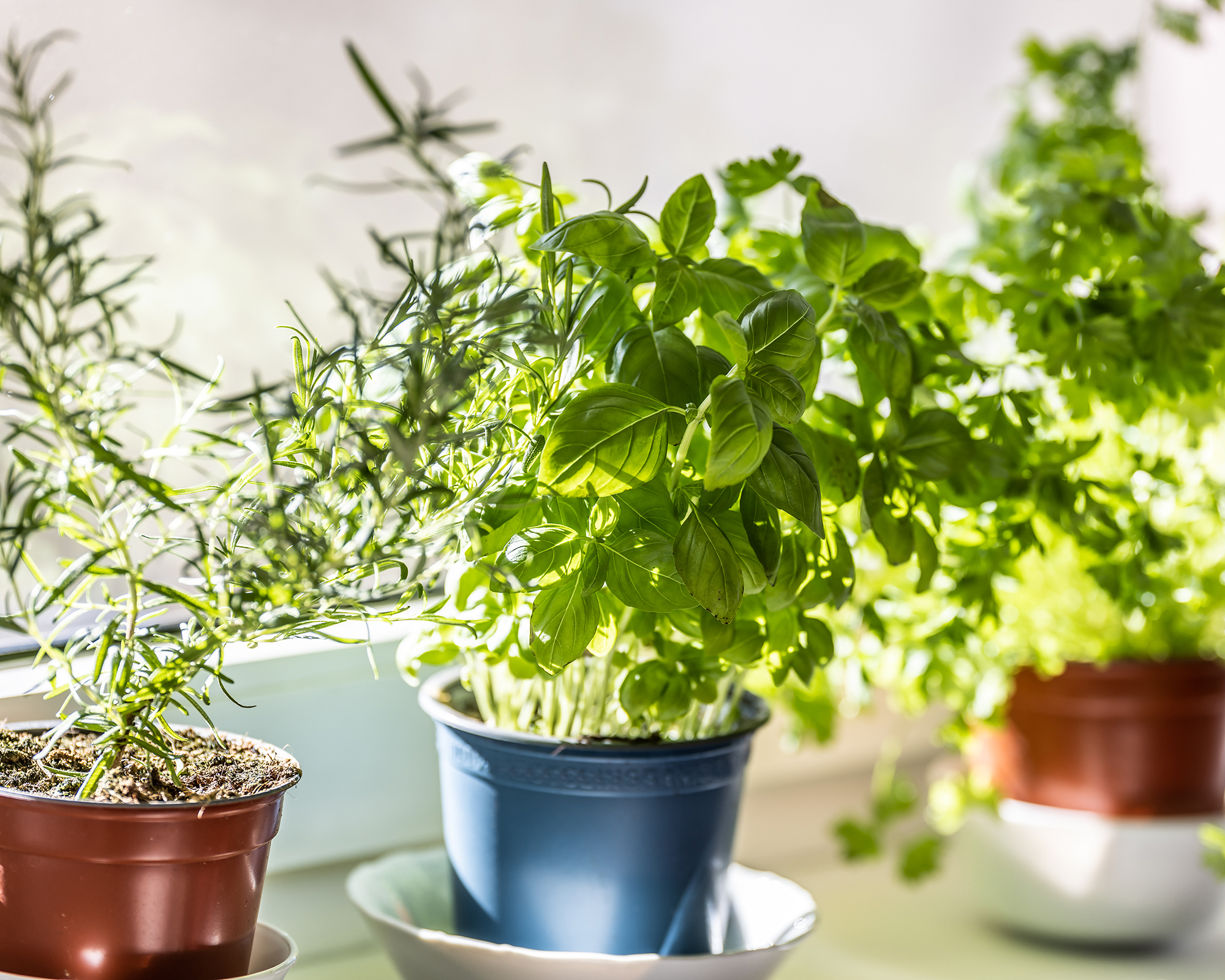 How To Grow A Windowsill Full Of Veggies This Winter, According To A Top Gardening Expert
How To Grow A Windowsill Full Of Veggies This Winter, According To A Top Gardening ExpertAward-winning journalist and climate-resilient gardening expert Kim Stoddart reveals her top plant picks and tips for a productive winter windowsill garden.
By Kim Stoddart
-
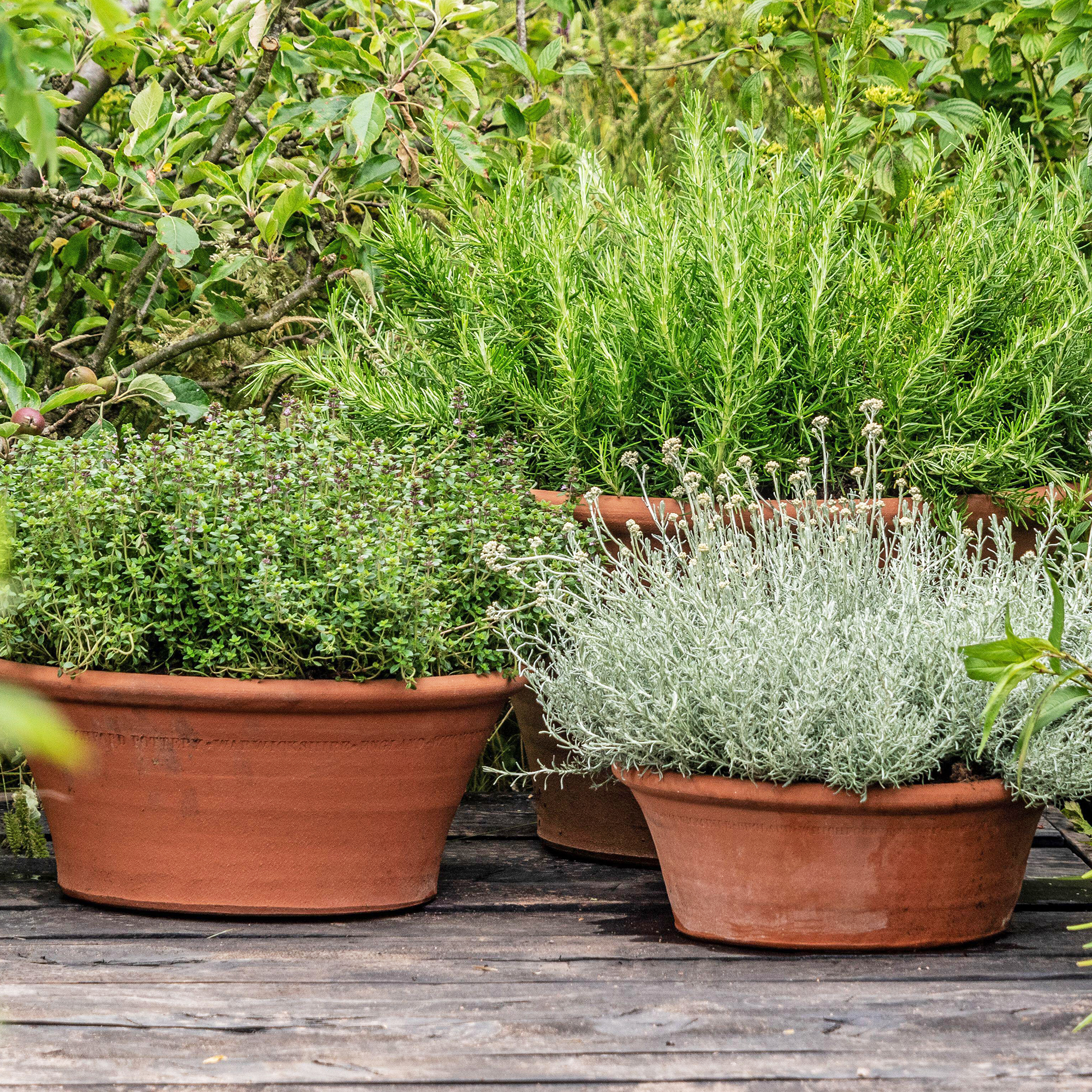 7 Perennial Herbs Perfect For Pots – Enjoy Aromatic Patio Harvests Year After Year
7 Perennial Herbs Perfect For Pots – Enjoy Aromatic Patio Harvests Year After YearDiscover the best perennial herbs to grow in pots. Ideal for small spaces, these low-maintenance plants offer year-round flavor and greenery on your patio.
By Bonnie L. Grant
-
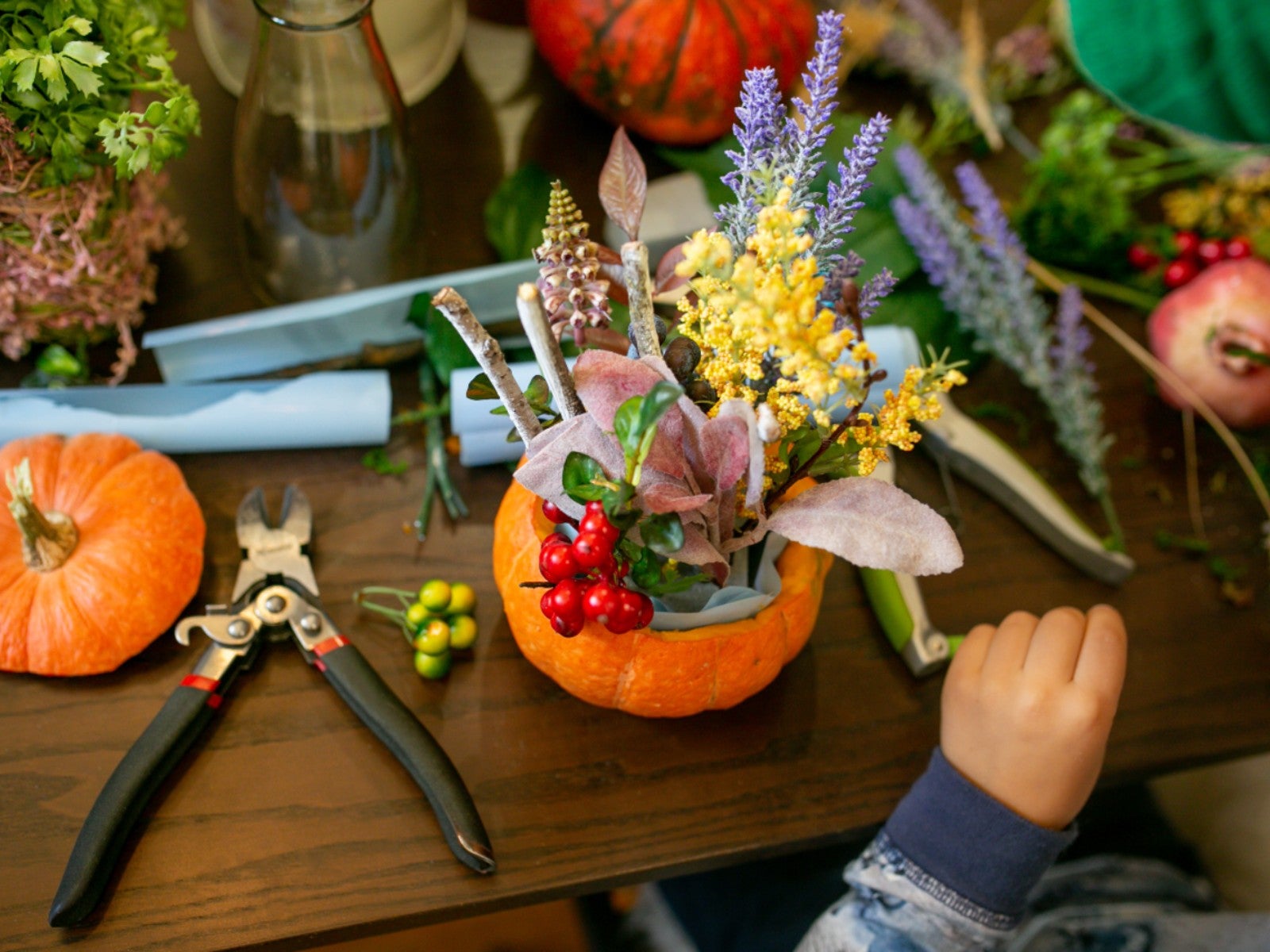 Do-It-Yourself Floral Pumpkin Centerpiece
Do-It-Yourself Floral Pumpkin CenterpieceCan you believe this pretty pumpkin centerpiece was made with just $13 worth of supplies? Plus, it was quick and easy.
By Amy Draiss
-
 9 Fun Things To Do With Pumpkins That Are Past Their Prime
9 Fun Things To Do With Pumpkins That Are Past Their PrimeWondering what to do with your pumpkin after the Halloween fun is over? Learn what to do with your pumpkins when you are done decorating with them.
By Teo Spengler